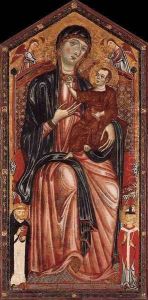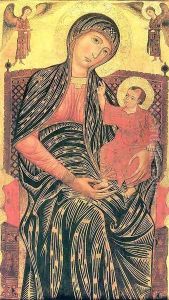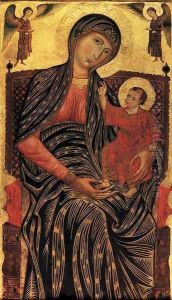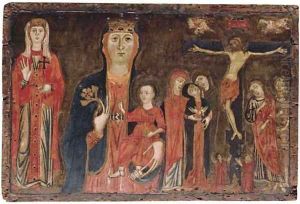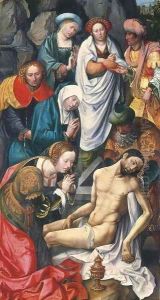Master of Magdalen Paintings
The Master of Magdalen is a notional name given to an anonymous Netherlandish painter or group of painters active in the late 15th century. The name derives from a series of panels depicting scenes from the life of Mary Magdalene, now in the Magdalen College, Oxford, which were key to identifying the artist's distinctive style. The Master of Magdalen's work is characterized by its detailed narrative scenes, vibrant colors, and intricate landscapes, typical of the Northern Renaissance. The artist's oeuvre includes religious panels, altarpieces, and possibly book illustrations, though much of the work attributed to this master remains a subject of scholarly debate due to the lack of signed or documented pieces.
The Master of Magdalen is considered part of the broader movement of Netherlandish painting, which is renowned for its attention to detail, use of oil paints to achieve luminosity and depth, and the emotional intensity of its religious subjects. The works attributed to the Master of Magdalen show a keen observation of human emotion and a sophisticated use of color and light, qualities that align them with the innovations of Early Netherlandish painting. The Master's landscapes and background details often include elements that are rich in symbolism, a common practice among Northern Renaissance artists to imbue their works with layers of religious and moral meaning.
Despite the anonymity, the Master of Magdalen's contributions to the art of the Northern Renaissance are significant. Through analysis of the Magdalen panels and other attributed works, art historians have been able to piece together a picture of the Master's artistic influences and techniques, contributing to our understanding of 15th-century Netherlandish art. The lack of concrete information about the Master's life and the mystery behind the true identity or identities continue to intrigue scholars and art enthusiasts alike. The Master of Magdalen remains an important figure in the study of Northern Renaissance art, representing the collective achievement of artists in a period marked by profound cultural and artistic developments.
